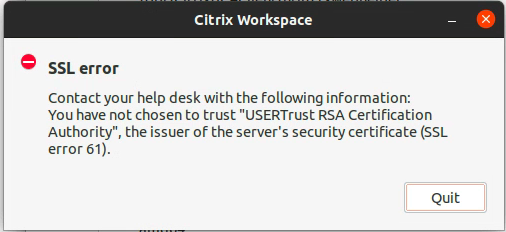Linux Connections to the VirtualDen¶
Installation¶
Warning
There have been reports of problems after installing the ICAClient, particularly in Firefox. If you experience any problems loading websites, the only solution we know of is to remove the ICAClient from the system.
If you run Linux on your personal computer, you can also connect to the VirtualDen. Like the installation on MacOS, you must install the Citrix Workplace App (also known as the Receiver, icaclient, and the Citrix Workspace Engine) before you connect. The Citrix Workspace app for Linux release page has pre-compiled binary packages for Debian (and derivatives like Ubuntu) and RPM packages for distributions like Fedora and RHEL. The best option for working with VirtualDen is to download the “Full Packages” option. VirtualDen doesn’t currently support the web option, so the full package is needed to map local storage to the remote system.
On Ubuntu you should run the following from a command line:
sudo dpkg -i icaclient_21.1.0.14_amd64.deb
The file has a version number in its name, accurate as of February 2021. As Citrix updates the application it changes the version number.
Connecting¶
Once you have installed the Workspace App, you can use your browser to connect to the VirtualDen; connect to https://appstore.uky.edu .
Note
Use your LinkBlue credentials without @uky.edu to login.
The software first checks that the connector has been installed. It fails this check. Click on “already installed” to bypass the check.
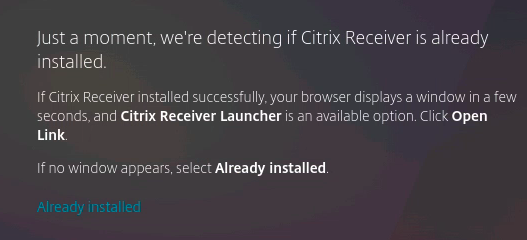
The browser may pop up a message asking you what to do with downloaded files. The default application, Citrix Workspace Engine, is the right choice.

Certificate Errrors¶
On your first connection attempt, you may see a window indicating a certificate problem. The error message looks like the image below.
You can download the missing certificate here: userTrust.pem
Then move the certificate to the Citrix ICS keystore. If you download the certificate to your home directory, the command to move it is this:
sudo mv ~/userTrust.pem /opt/Citrix/ICAClient/keystore/cacerts/
Once the certificate is in place, the Workspace App needs to be configured to find it. Run the following, again from a command line:
sudo /opt/Citrix/ICAClient/util/ctx_rehash
Mapping Local Storage¶
Mapping local storage in Linux is different from other platforms. You need to accomplish several steps before you connect to make the storage available to the remote system.
Note
We recommend that you connect to the remote desktop or open remote applications a few times before you map local storage.
Open “Citrix Workspace” via the desktop environment, which in Gnome will look like this (all examples are in the Gnome DE running on Ubuntu 20.04).
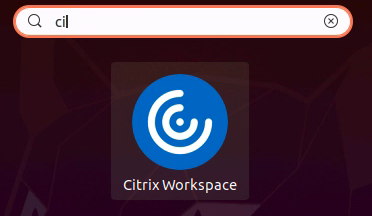
Citrix Workspace generates an error when you start it; you may ignore that error.
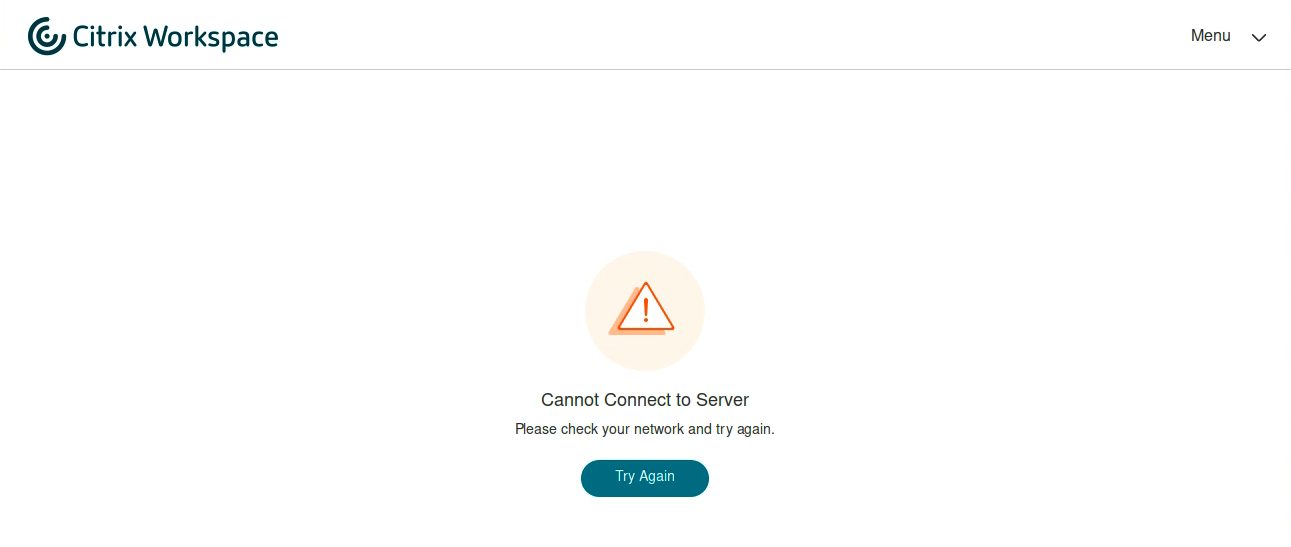

On the top right side of the Citrix Workspace window, select “Menu”, then “Preferences”.
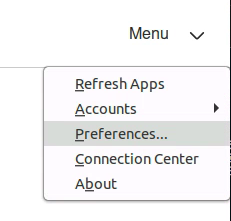
A new window opens in which you can set individual preferences.

Under “File access”, select Add. A window like the one below opens.
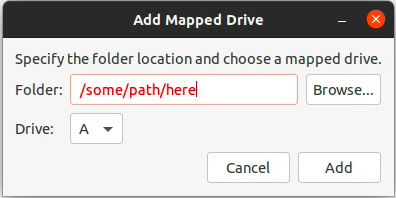
Enter the path to the directory you would like access. Something
like /home/user/ gives VirtualDen access to your entire home directory.
You may also select the Windows drive letter to refer to
the Linux storage. When you are finished, click Add
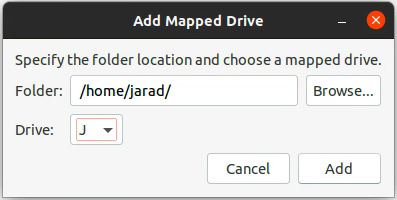
Now you have access to local storage in the Workplace. The storage map persists across sessions, so you only need to go through this process once.
